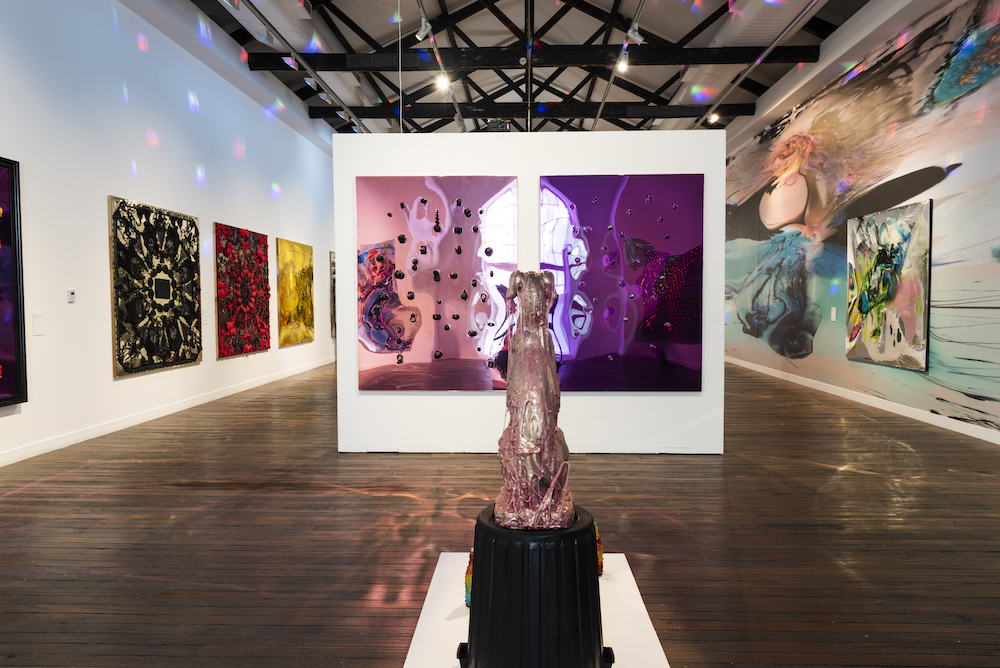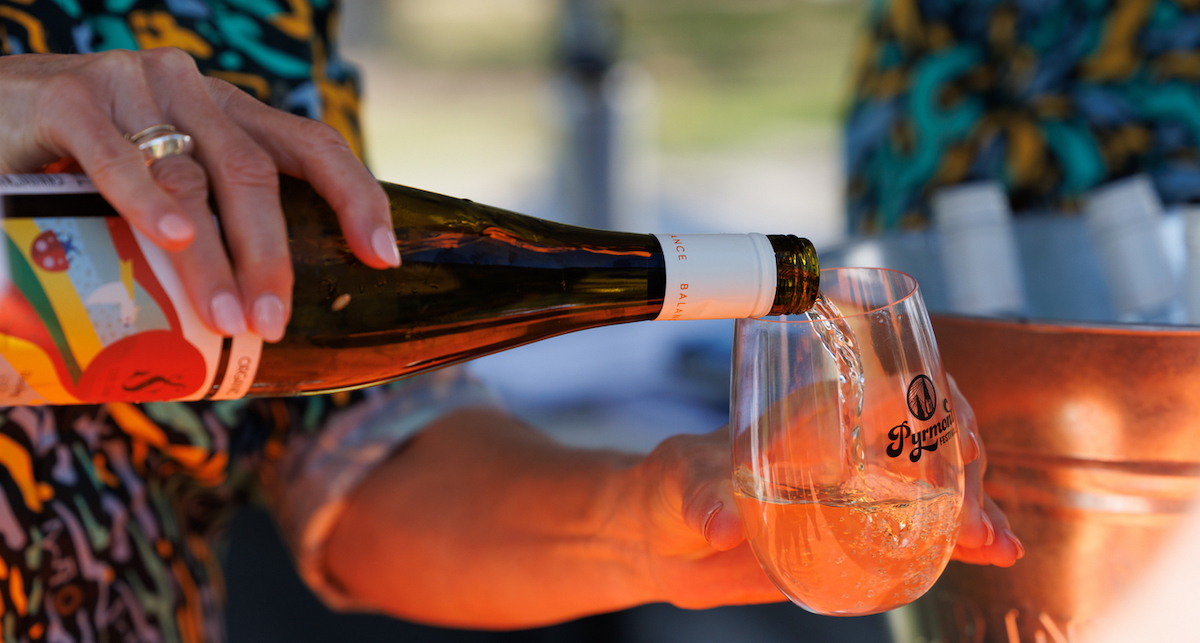
THE NAKED CITY – YOUR PYGMY POSSUM PET

For tens of thousands of years, the indigenous peoples of this land looked after the native animals, seemingly without a man-made extinction. Come white settlement and all that changed in less than a few centuries. The First Fleet brought rabbits with them, homesick colonials introduced foxes and more recently we have seen the proliferation of feral cats, dogs, camels, and cane toads.
As the ferals wage war against our native species, we only exacerbate the problem by destroying native habitat and doing our worst to undo those millennia of natural and indigenous conservation. We are now amongst the worst countries in the world when it comes to the extinction of native fauna.
Whilst there are numerous government and privately sponsored conservation projects, the outlook for many animals like koalas, quolls, and pygmy possums is far from positive. Feral cats are endemic throughout the country, with estimates that they kill a staggering 75 million native animals every night. In the more arid areas of Australia, it’s now even thought that their kidneys have developed so that they need very little water to survive. At present, there appears to be no successful way to stop this onslaught, with baiting and trapping having very little effect.
Whilst the destruction of native habitats, like increased logging on the North Coast of NSW, is a deliberate act, other impacts on native animals are more an accidental by-product of increasing urbanisation. The plight of the highly endangered pygmy possum, which lives primarily in Victoria’s alpine region, has recently been highlighted in the media. The tiny critter hibernates during the winter and has traditionally depended on a massive influx of Bogong moths to fatten up during the spring. Whilst the rural drought has affected the migration of these moths from southern Queensland it seems the bright lights of cities and towns have diverted them from their normal alpine destination. A call has gone out in certain areas for the public to turn unnecessary lights off at night so as not to attract the moths.
One of the more controversial conservation suggestions of recent years is the relaxing of laws that allow Australians to keep many native animals as pets. Professor Mike Archer of the University Of New South Wales has long been an advocate of exploring this possibility, as one way of preventing the extinction of many endangered animals. Not surprisingly many in the scientific community are aghast at the idea. Archer however argues:
“The fact that cats, dogs, mice, rats, rabbits, ferrets, chickens and a host of other introduced species are defended as the only appropriate companions for humans reflects an arrogance that ignores the geographic accidents of history. If colonial humans had evolved first in and spread from Australia rather than Africa/Eurasia, I have little doubt that views about appropriate animal companions would be very different than those we now inflict on Australia.”
He also makes a good point when he suggests that had Tasmanians been allowed to keep the thylacine (aka the Tasmanian tiger) as a pet, then maybe they would not have been entirely extinct by the early 1930s.
There would be all manner of considerations with factors like diet and housing if the public were allowed to keep and even breed certain native species. However, it’s a suggestion that maybe needs further investigation and even a trial run with a few selected animals. If you believe the estimations we are currently losing over 20 billion mammals, reptiles and birds to feral predators every year. In desperate times, it’s surely worth a try.
And for example, were you allowed to raise a family of pygmy possums in your suburban bungalow, it would be lights on all night in late winter and early spring. The Bogong moths, who once descended on the alpine regions in their millions, would fly straight to you as a home-delivered food source. That’s one problem out of the way!









